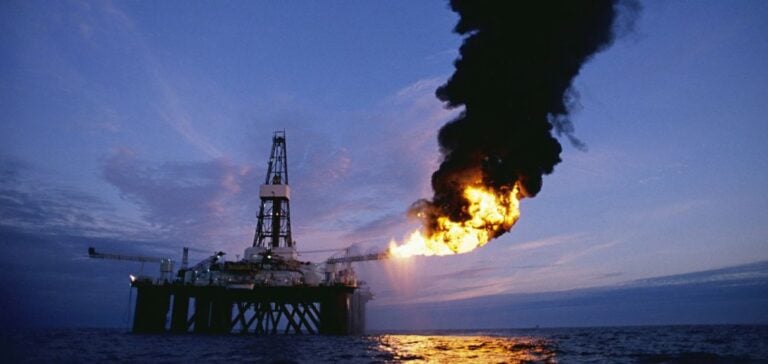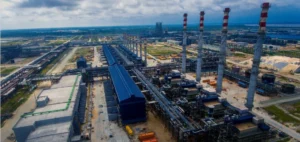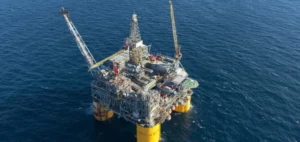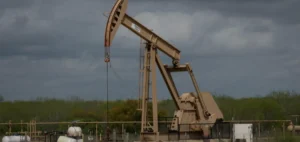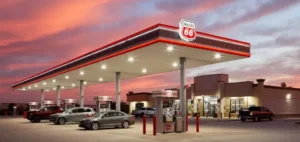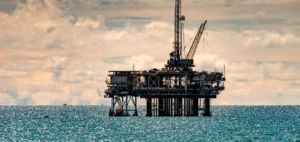Major oil and gas companies are failing to adopt credible strategies to achieve net-zero emissions by 2050, according to a recent report by the Carbon Tracker Initiative, a London-based think tank specializing in the financial impacts of the energy transition. The analysis of 30 companies shows that none of them are on a trajectory compatible with the Paris Agreement’s goals.
The “Absolute Impact 2024” report relies on criteria including the coverage of scopes 1, 2, and 3 emissions in climate commitments. These three categories cover direct emissions, emissions related to purchased energy, and those generated from the use of sold products. Carbon Tracker found that many companies rely on controversial solutions, such as carbon capture and storage (CCS) or natural offsets, to justify their paths to net-zero.
Contrasting performances between European and American players
European companies, such as Spain’s Repsol, lead the Carbon Tracker rankings due to substantial investments in renewable energy. Repsol has chosen to focus on renewable electricity production while reducing its reliance on oil exploration. Luis Cabra, Repsol’s Executive Managing Director of Energy Transition, explained that the company minimized financial risks associated with renewables by partnering with strategic allies, doubling its return on investment.
In contrast, American majors, while averaging mid-tier in the rankings, appear less ambitious. Occidental Petroleum Corp. stands out among its peers by incorporating scope 3 emissions into its reduction plans. Most American companies consider these emissions the responsibility of end-users rather than producers.
National companies, such as Saudi Aramco and Sonatrach, rank at the bottom. Additionally, Carbon Tracker noted the absence of climate data from Canadian companies, as they have stopped publishing this information.
Major financial risks tied to the transition
Carbon Tracker identifies two primary risks for oil and gas investors in the energy transition: substitution risk and regulatory risk. The former stems from the growing competitiveness of renewable energy sources, while the latter arises from government policies limiting greenhouse gas emissions.
Mike Coffin, Head of Oil, Gas, and Mining Analysis at Carbon Tracker, highlights that some companies still perceive emissions as an external issue. “This is not just an environmental problem. It’s a fundamental business risk,” he said.
Companies diversifying their investments, like Equinor in Norway, achieve better results. Additionally, those demonstrating transparency in climate data are better positioned to face future challenges.
An uncertain future for the fossil fuel sector
Signs of a slowdown in adopting net-zero strategies are becoming increasingly evident. Several European majors, including Shell, have scaled back ambitions in renewables, citing insufficient returns compared to hydrocarbons. ExxonMobil recently predicted that global net-zero targets will not be met.
Despite these setbacks, examples like Repsol and Equinor illustrate that opportunities exist for companies embracing the energy transition. However, strategies must evolve quickly in the face of potentially declining fossil fuel demand.


